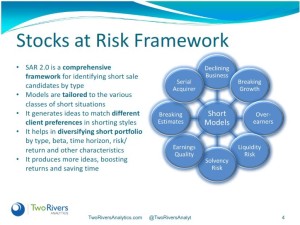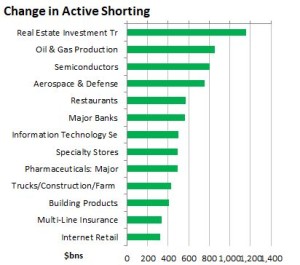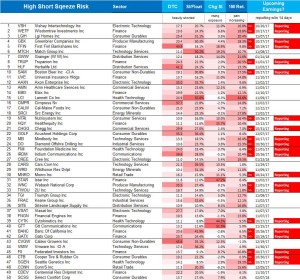Valuations are converging: What are the implications?
Investors are not differentiating enough between companies. Value indifference creates opportunity for active managers. Market declines will be sharper. Managers should become more conscious of valuation and implement strategies along growth and quality lines. (If you could buy and sell any number of Ferraris and used VW Beetles at the same price….)
According to managers interviewed in this Bloomberg article, the range of multiples among the S&P500 is the narrowest in recent history. Investors don’t care much about the differences between companies and care only about being invested. We see multiple convergence as an outgrowth of the rise of ETFs. If investors buy sectors or countries, who cares about individual issues? The article goes on to predict a market decline based on this indiscriminate buying.
This indifference is where the opportunity lies.
This convergence of trading multiples and related indifference to stock specific risk will worsen any market decline. In the meantime, this convergence favors active management and stock picking. Better companies will be too cheap and lower quality companies will be too dear. Long/short GARP managers, especially, should be able to find quality growth at relatively cheaper prices now and they should hedge with expensive shorts. At best, the market becomes more rational, generating alpha on the revaluation. At worst, you own higher growth and/or more stable companies and paid reasonable prices for them. In the case of growth, unless your picks show relative multiple compression, you gain.
Our models explicitly address relative valuations, relative growth and business trends and relative financial condition simultaneously, making it easy to force-rank stocks within the universe or an industry group.
Without a catalyst, we can’t say when the market will decline. If there is a decline, selling will be broad-based initially, but fear has a way of making people more diligent. The differences between higher and lower quality stocks should come into focus again. Managers who take advantage of this pricing opportunity should come out ahead.
Same price – you pick!








